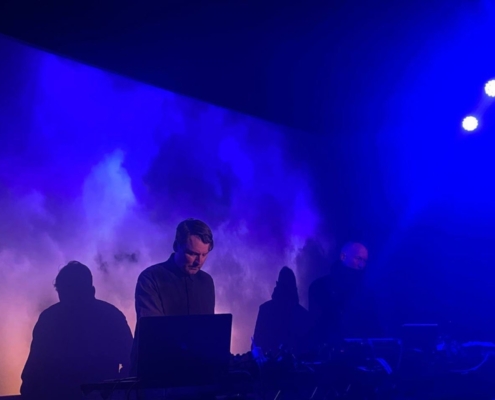One of the most influential and important photographic artists of the 21st century, Roger Ballen’s “documentary fiction” photographs are often leaving their viewer speechless. Ballen was born in New York in 1950 but for over 30 years he has lived and worked in South Africa, were his previous carrier as a geologist led him to. With his camera then he begun exploring the hidden and dark sides of small South African towns. The artist now works with several mediums such as: film, installation, theatre, sculpture, painting and drawing. Here in in conversation with Maria Abramenko on life, death and other archetypes.
 https://www.nastymagazine.com/wp-content/uploads/2024/03/loscil-lawrence-004.jpeg
1200
1600
Editor Nasty
https://www.nastymagazine.com/wp-content/uploads/2015/02/new-logo-basker-WHITE4.png
Editor Nasty2024-03-13 11:48:522024-03-22 12:39:29Lawrence English & Loscil / live in London
https://www.nastymagazine.com/wp-content/uploads/2024/03/loscil-lawrence-004.jpeg
1200
1600
Editor Nasty
https://www.nastymagazine.com/wp-content/uploads/2015/02/new-logo-basker-WHITE4.png
Editor Nasty2024-03-13 11:48:522024-03-22 12:39:29Lawrence English & Loscil / live in London



















